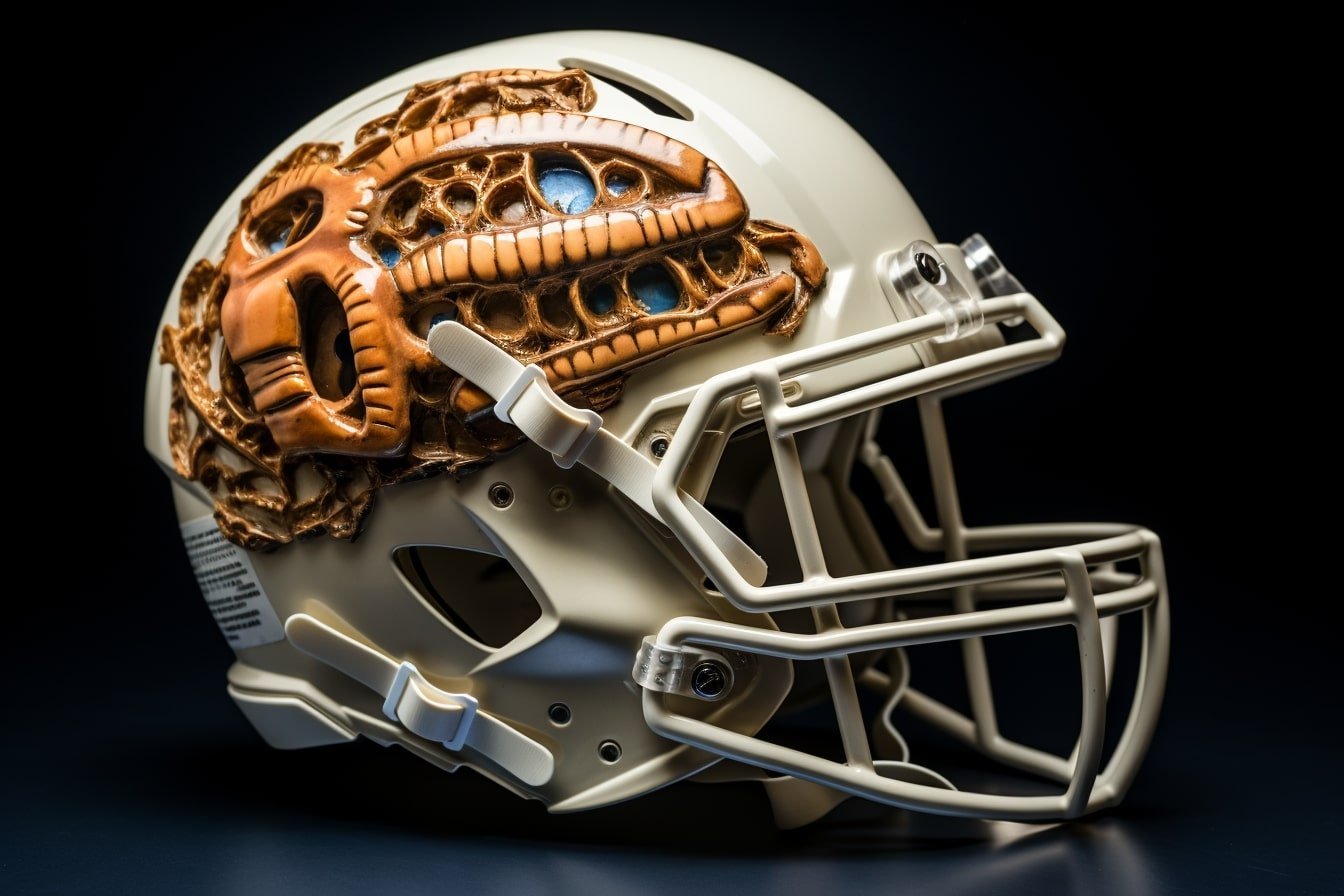Summary: A new study reveals alarming rates of CTE among young athletes under 30, including the first American woman athlete diagnosed with the condition.
The study found that 41.4% of the athletes examined had neuropathological evidence of CTE, a degenerative brain disease caused by repetitive head impacts (RHI). Symptoms like depression, apathy, and difficulty controlling behaviors were common among the subjects, irrespective of CTE diagnosis.
The study urges young athletes experiencing neuropsychiatric symptoms to seek immediate medical attention for effective management and follow-up.
Key Facts:
- The study identifies a high prevalence (41.4%) of CTE in young athletes under 30, notably higher than rates found in the general population.
- Alongside male athletes in contact sports, the study includes the first American woman athlete diagnosed with CTE, a 28-year-old collegiate soccer player.
- Common clinical symptoms such as depression and difficulty controlling behaviors are prevalent among these athletes, whether or not they are diagnosed with CTE.
Source: Boston University
A new BU Chronic Traumatic Encephalopathy (CTE) Center study has found that, among a sample of 152 young athletes exposed to repetitive head impacts (RHI) who were under age 30 at the time of death, 41.4% (63) had neuropathological evidence of CTE, a degenerative brain disease caused by RHI.
The study published in JAMA Neurology includes the first American woman athlete diagnosed with CTE, a 28-year-old collegiate soccer player whose identity remains private.

“This study clearly shows that the pathology of CTE starts early,” said corresponding author Ann McKee, MD, chief of neuropathology at VA Boston Healthcare System and director of the BU CTE Center.
“The fact that over 40% of young contact and collision sport athletes in the UNITE brain bank have CTE is remarkable – considering that studies of community brain banks show that fewer than 1% of the general population has CTE.”
Nearly all the young athletes had mild CTE, stages 1 and 2; 3 donors had CTE stage 3. (There are 4 possible stages of CTE with stage 4 being the most severe). In those with CTE, there was often other evidence of brain injury, including the presence of a cavum septum pellucidum, enlargement of the ventricles, and more perivascular macrophages in the white matter.
Clinical symptoms were common among the athletes, whether or not they had CTE. Clinical symptoms included depression (70.0%), apathy (71.3%), difficulty controlling behaviors (56.8%), and problems with decision making (54.5%). Substance abuse also was frequent, with alcohol abuse present in 42.9% and drug abuse in 38.3%.
“The study suggests that some of the symptoms these young athletes are experiencing are not caused by the early tau pathology of CTE,” said McKee.
“It is imperative that young athletes who are experiencing neuropsychiatric symptoms seek out care, as it is likely that the symptoms can be reduced with effective management and follow-up.”
Amateur athletes comprised 71.4% of those diagnosed with CTE, and included American football, ice hockey, soccer and rugby players, and wrestlers. Those diagnosed with CTE were older (average age at death 25.3 years vs. 21.4) and had significantly more years of exposure to contact sports (11.6 vs 8.8 years).
Like all brain bank studies, the brain donors are different from the general population of young athletes, in part because they are more likely to have symptoms. CTE cannot yet be diagnosed in the living, and the true prevalence of CTE in any population remains unknown.
“This study highlights the importance of assessing the symptoms and clinical presentation of CTE in living athletes who have sustained repetitive head injuries,” said Nsini Umoh, PhD, program director for traumatic brain injury (TBI) research at the National Institute of Neurological Disorders and Stroke (NINDS), which contributed funding to the study.
“While additional research in this area is needed, these findings are a notable addition to the body of research on CTE.”
Further needed research includes analyzing young brain donors not exposed to contact and collision sports, to better understand non-CTE brain damage from RHI, and what symptoms are related to concussions, RHI, and CTE.
McKee and colleagues recently developed the first CTE Prevention Protocol, a series of evidence-based recommendations to help sports organizations develop policies, alongside their existing concussion protocols, to reduce CTE risk.
Athletes with symptoms from concussions or concerned about CTE can reach out to the Concussion Legacy Foundation HelpLine. For more information about the BU CTE Center, the UNITE brain bank, and CTE, please visit us at www.bu.edu/cte.
We thank the generous supporters and funding sources: The Department of Veterans Affairs, NINDS and NIA, part of NIH, the Buoniconti Foundation and the Mac Parkman Foundation.
To contribute, please click here.
About this CTE research news
Author: Maria Ober
Source: Boston University
Contact: Maria Ober – Boston University
Image: The image is credited to Neuroscience News
Original Research: The findings will appear in JAMA Neurology







